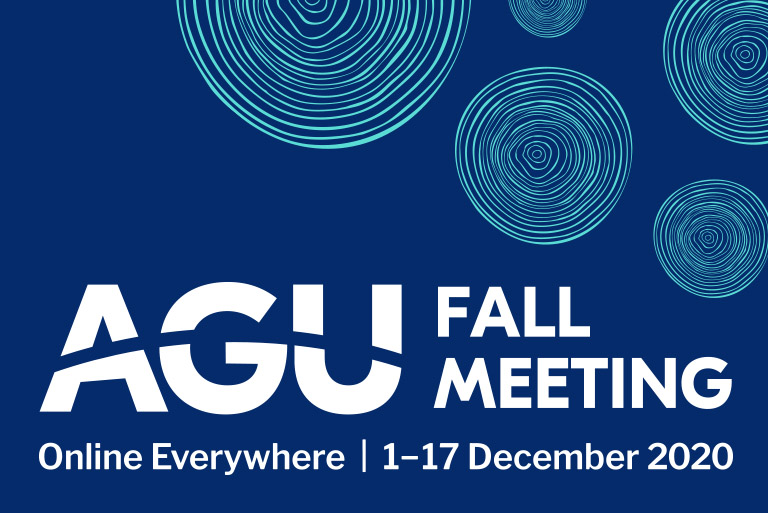
Despite efforts to conserve, traditional water supplies will become increasingly constrained in some U.S. regions as populations grow, industry demands expand, and/or regulations restrict access to over-drafted aquifers and require additional environmental flows in rivers and streams to support ecological needs. Water scarcity will be exacerbated by the changing climate. Warmer temperatures and/or shifting precipitation patterns may escalate irrigation demands while sea level rise may increase groundwater and surface water salinity in coastal areas. According to the Government Accountability Office, forty U.S. states expect to experience water shortages in the next few years, highlighting the need for increased access to non-traditional water supplies (e.g., seawater and brackish water desalination; “wastewater” reuse from municipal, industrial, agriculture, power, oil and gas, and mining sectors).
Developing new supplies in water scarce-areas must be done with long-term sustainability in mind, considering the social, economic, and environmental implications. Water managers need new metrics and tools to compare tradeoffs between alternative water resource opportunities based on, for example, economic performance, system reliability and resilience, and environmental impacts. This information will guide decision-makers toward pipe parity, a condition where the full costs of providing new water supplies, including conveyance, treatment, disposal, and ancillary costs and benefits, are comparable to the marginal supplies in use today.
The National Alliance for Water Innovation (NAWI) aims to prioritize research investments that maximize pipe parity for non-traditional water supplies in critical regions. This talk will describe NAWI’s early efforts to develop pipe parity metrics; identify barriers to non-traditional water use for five broad categories of water users; collect and curate data on water technology, sources and uses in a state-of-the-art database (WaterDAMS); and develop a tool (WaterTAP 3 ) to comprehensively and consistently quantify pipe parity for non-traditional water supplies across the diverse set of conditions in the U.S.

Join the Conversation